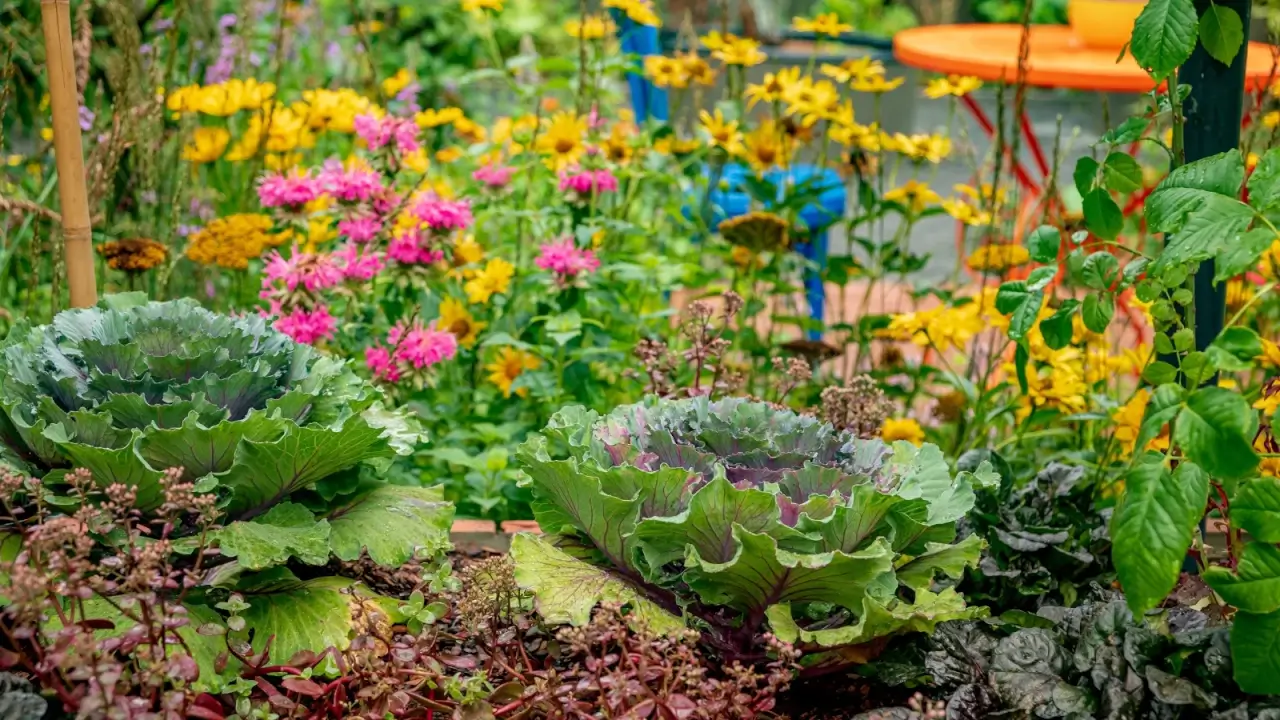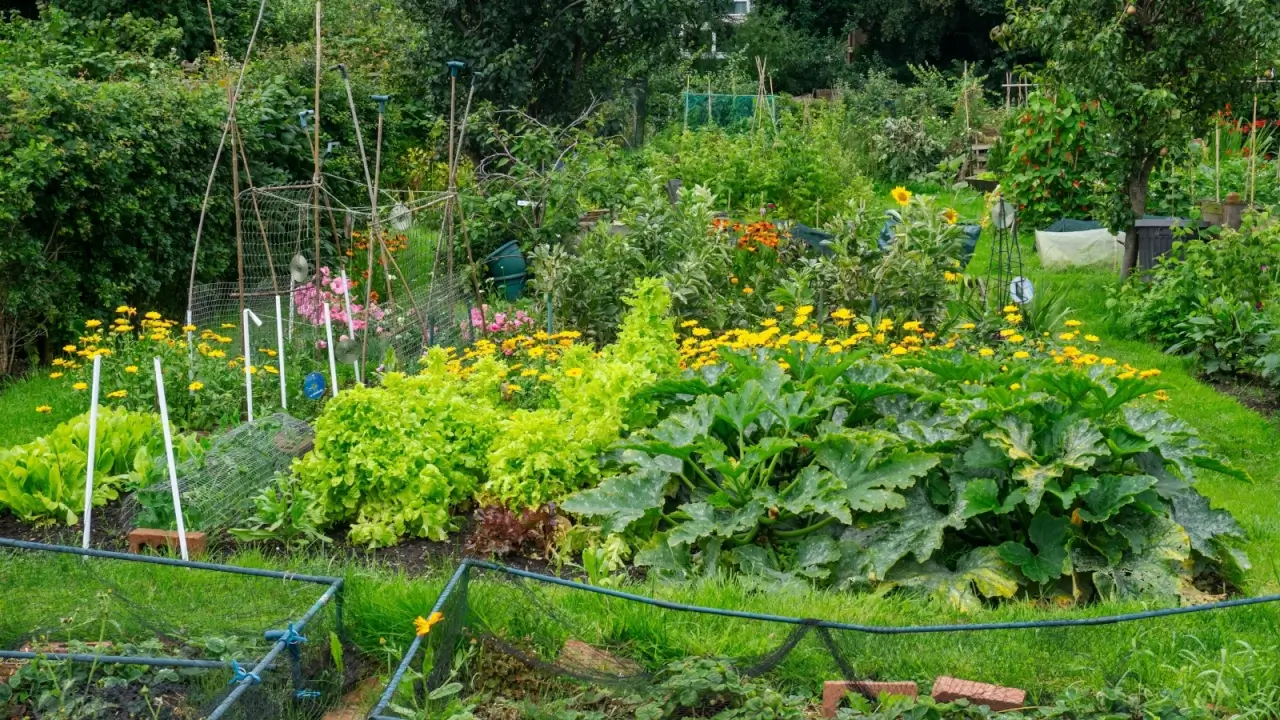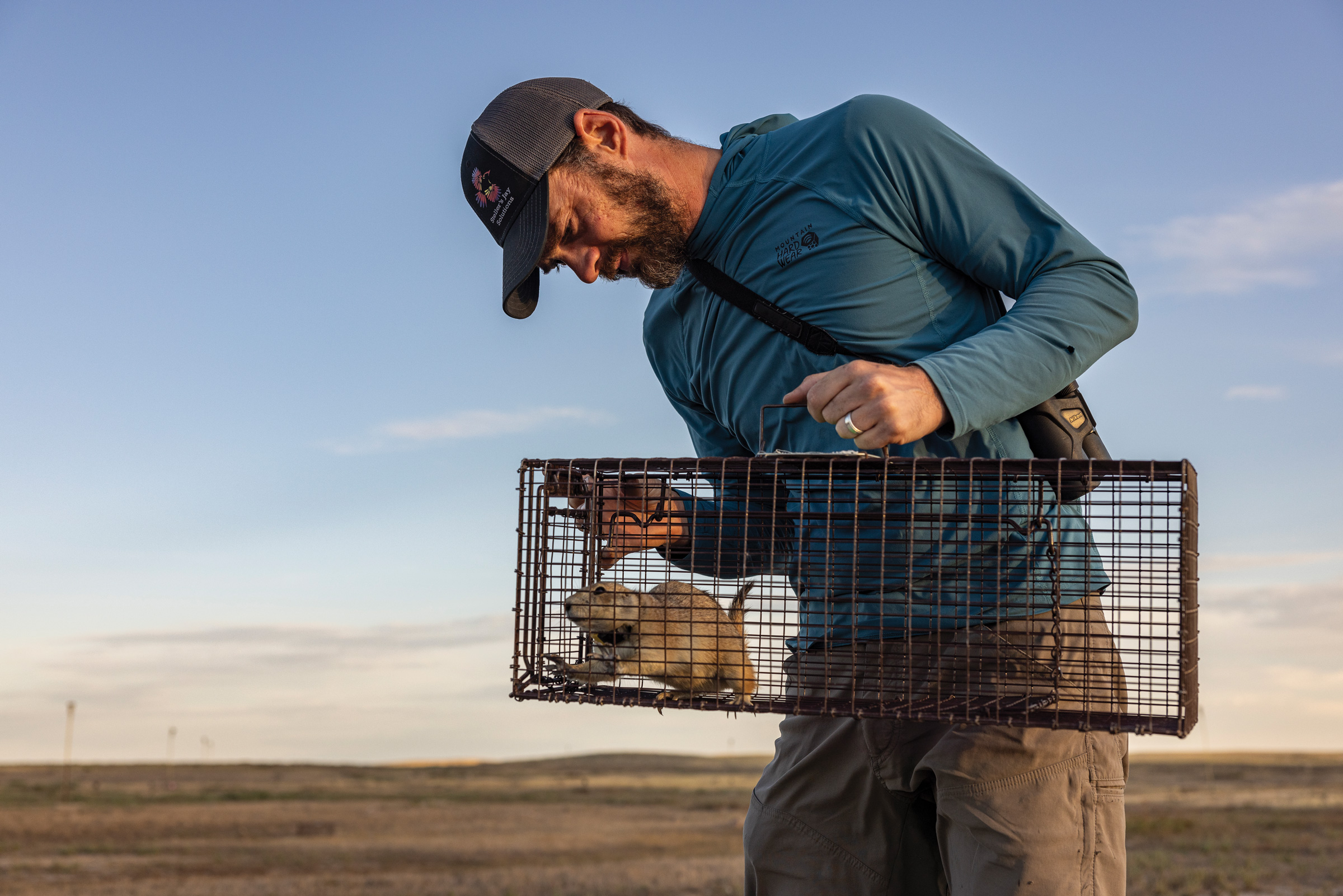Permaculture is an agricultural system that looks to the natural environment for inspiration and guidance. There are many different ways to implement permaculture principles, from mixing flowering annuals and leafy greens in a backyard garden to working with neighbors to collect organic materials for composting.
If you want to implement these practices on a larger scale, consider starting a permaculture farm. I’ll introduce some key permaculture design principles and outline a few ways you can apply them when creating a farm.
Know Permaculture Design Principles
Permaculture, as we know it today, was created in 1978 by Bill Mollison and David Holmgren. They developed this system as a response to industrialized agriculture and communities, and sought to establish areas that cared for the land and people while avoiding overconsumption and sharing any surpluses with others.
Holmgren later wrote “Permaculture: Principles and Pathways Beyond Sustainability,” where he laid out 12 permaculture design principles that should guide all projects, including starting a permaculture farm. Here are these principles, as well as a few ways you can apply them on your farm.
- Observe and interact. Watch how the water flows and settles before determining where to build beds and plant species; don’t forget to read the landscape during heavy rain events.
- Catch and store energy. Use ‘waste’ materials like leaves and sticks to fuel compost piles that feed crops.
- Obtain a yield. Plant and care for species in a way that provides the greatest harvests.
- Apply self-regulation and accept feedback. Be willing to adjust your systems as you continue to observe; you may need to relocate ponds to areas where water naturally collects or plant deep-rooted crops in areas susceptible to erosion.
- Use and value renewable resources and services. Choose organic mulches over plastic, and capture water rather than letting it run off the property.
- Produce no waste. You can use organic debris to create compost and collect would-be runoff for future irrigation.
- Design from patterns to details. Plant tender seedlings in the area you walk by multiple times a day, and place tall perennials on the west side of heat-sensitive annuals.
- Integrate rather than segregate. Consider what other local farms are producing, and think about how you can work with rather than against them. Maybe you can feed ugly produce to a neighbor’s animals in exchange for nutrient-rich manure.
- Use small and slow solutions. Use the tools and resources you have readily available rather than importing lots of outside materials; use fallen leaves or pine needles as mulch rather than buying woodchips.
- Use and value diversity. Add plants that vary in height, bloom time, moisture needs, and other factors.
- Use edges and value the marginal. The ends of beds, sides of walkways, and other areas that would often be mowed provide space for low-lying groundcovers and perennial plants.
- Creatively use and respond to change. Increasingly dry summers coupled with heavy storms provide an opportunity to implement rainwater catchment systems.
Think About Zones

Another key component of permaculture design is understanding the different zones. If you start a permaculture farm with varied crops, considering the various zones will help you establish the best places to place each type of plant.
There are five different zones, with one being closest to your home, workspace, or other highly-trafficked area. Zone five is the farthest away from this central point.
Placing daily-harvested crops like annual herbs in zone one makes the most sense since you can walk directly out the door and pick what you need. This zone is also the best option for spaces you visit daily, like the seedling propagation area and compost bin.
Zone two is ideal for perennials you use in the home, like blueberries, fruit trees, and a small asparagus patch. As you enter zone three, you begin looking at commercial production zones. This is where your annual vegetables and fruits are located, as well as orchards and pasture for animals.
Zone four moves into semi-managed woodlands and grasslands. You may have a few nut trees that you visit a few times a year, but you won’t travel to this area multiple times a week. Zone five is an unmanaged area that is left wild.
Consider Your Dream Farm

Once you have the design principles and zones in mind, you can think about your dream farm. What and how much do you want to produce? Do you have a well or pond for water you can rely on to irrigate crops, and do you plan to dry farm portions of your property? What native species exist that you want to protect?
Before you jump into any decisions, consider the permaculture design principles and think about how they affect your decision making. Have you observed your space long enough and chosen renewable materials? Should you plant your crops along the landscape’s contour rather than in straight lines to eliminate runoff?
Don’t let fear of failure prevent you from starting a permaculture farm. You’ll surely make mistakes along the way, but how you respond to these mistakes is more important than avoiding them entirely.
Reduce Soil Erosion and Water Waste with Contour Planting
If you’re growing on sloped land, it pays to think about your farm layout before you start preparing the land and getting crops in the ground. Planting down the slope may sound like an easy option, but it lets rainwater rush straight downhill, leading to runoff and erosion.
The post How to Start a Permaculture Farm appeared first on Modern Farmer.


